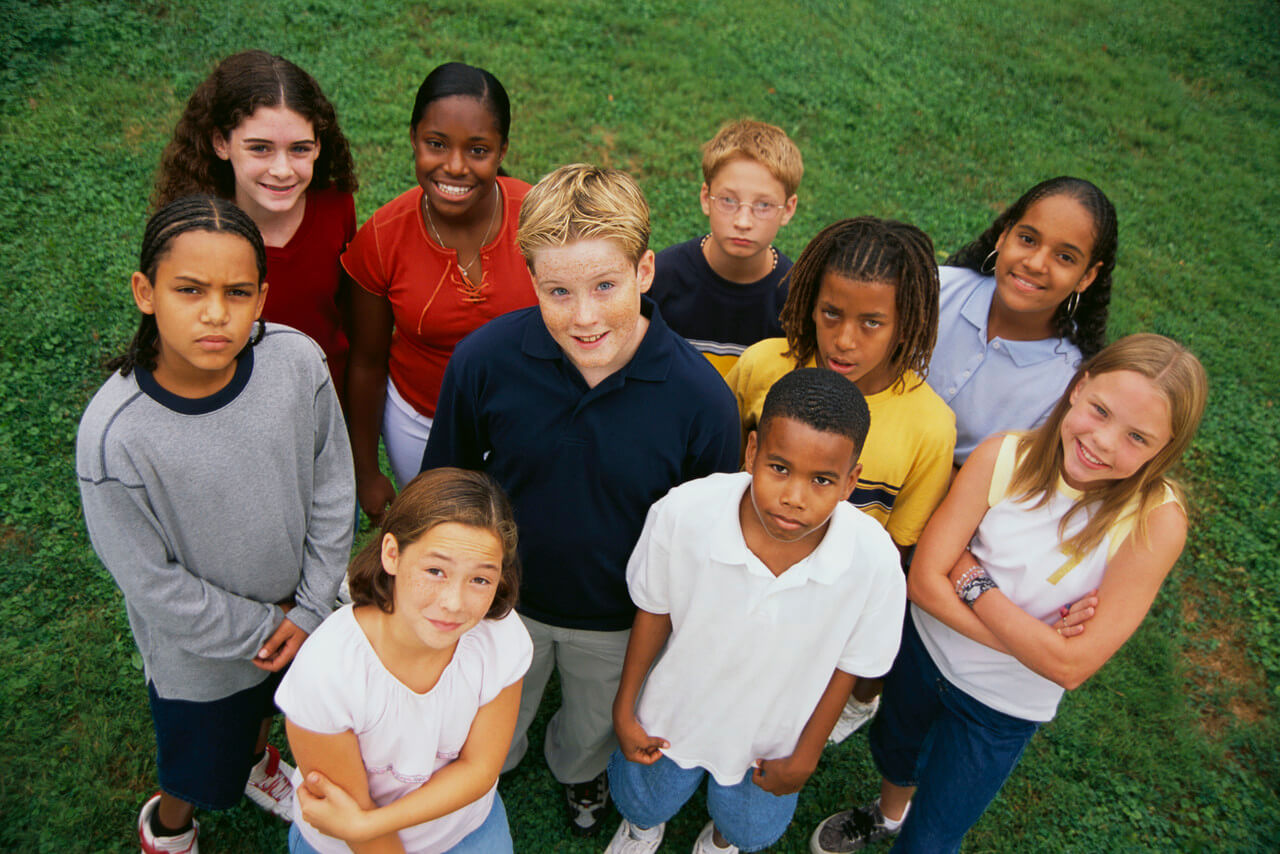In spite of the fact that we are living in the 21st century, heartbreaking issues such as racism, bias, and cultural discrimination are still alive and very much pervasive throughout many communities across the United States.
Although it sometimes feels like an insurmountable feat, it is possible — though not easy — to diminish the reach and effects of racial injustice, inequality, and discrimination. However, it is important to note that this change does not begin on a large scale. Quite the contrary, the very root of eliminating such harmful behavior begins in your own home by establishing a standard of openness and acceptance with none other than your own family.
With this fact in mind, let us take a deeper look at how one can teach their child — or children — cultural acceptance.
Get out of your comfort zone. In spite of our integrated and diverse population, Americans still seem to gather together in homogenous — or seemingly homogenous — communities, as that is where they feel they best fit in.
However, in order to teach your children about the fundamentals of diversity and cultural acceptance, it is imperative that you take them to a new place and allow them to experience a different way of life. This could be achieved by bringing them on your next trip abroad, where they can try new foods, meet new people, and witness that the American culture is not the only one on this planet.
Or, if your children are still relatively young, you could easily take them to a museum that highlights a particular culture or group of people. Allow them to discover different artifacts, see the faces of people who look different than they do, and hear the stories that are rooted in another culture’s history.
Teach your children to celebrate others. Once your children have been exposed to cultures different than their own, it is imperative that you take the time to thoroughly answer the onslaught of questions they have likely generated. This process will improve their abilities to understand who others are in terms of race, family composition, and even physical ability — all while aiding them in confirming their own personal identities.
The most important point to drive home throughout this time is that others being different from oneself is not only totally acceptable, but ought to be respected and celebrated. This can be enforced not only through your words, but through supplemental children’s books as well.
People of certain races, abilities, and familial backgrounds may face obstacles that your children might not, so be sure to point that fact out and ensure they know that they could make life a little bit easier on someone else by treating them fairly and with kindness — no matter how the rest of the world may perceive them.
Remember their true role model(s). No matter how old your children are, there is nothing more influential in their lives than your presence and efforts. By keeping that fact in mind, you will ultimately hold yourself to a higher standard, as opposed to enforcing the age-old adage, “Do as I say, not as I do.”

